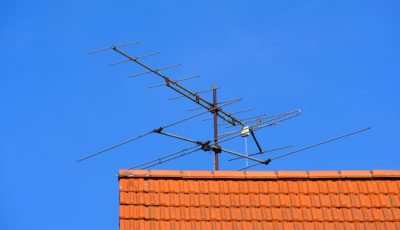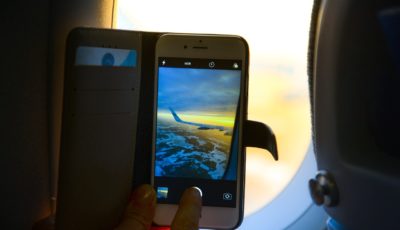Tips for a Better Digital TV Reception
Debbie Davison is a technology enthusiast and she loves watching movies and TV. By writing for Australian Antennas, she gets the opportunity to talk about her interests. In this article, Debbie gives some handy tips on how to get a better digital TV reception.
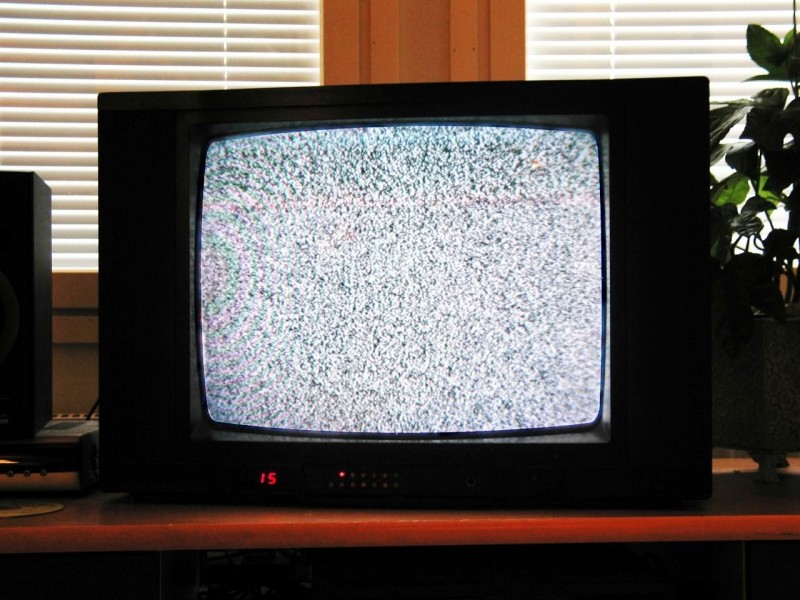
Regardless of the antenna type, getting the ideal TV reception can really be a pain in the ass. When you put the antenna in one position, you get several channels. But if you move it to another location, you lose the original ones and get different channels instead. Of course, an outdoor antenna is an ideal choice; however, many people are not able to install an antenna on their roof. So, here are some useful tips:
1. Put the antenna in an appropriate location.
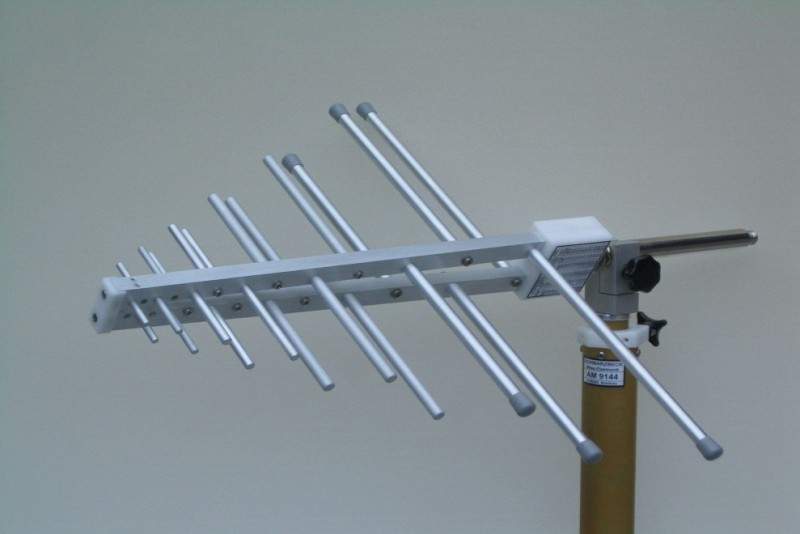
If you have an indoor antenna, it is best to start placing it against the window or facing the walls. From these points, you can run a channel scan on your TV. During the scan, you can use an adhesive tape to temporarily position your antenna. In the event that you encounter a problem with a particular channel, transfer the antenna to another location that is facing the transmitter tower.
2. Eliminate any electronic interference.
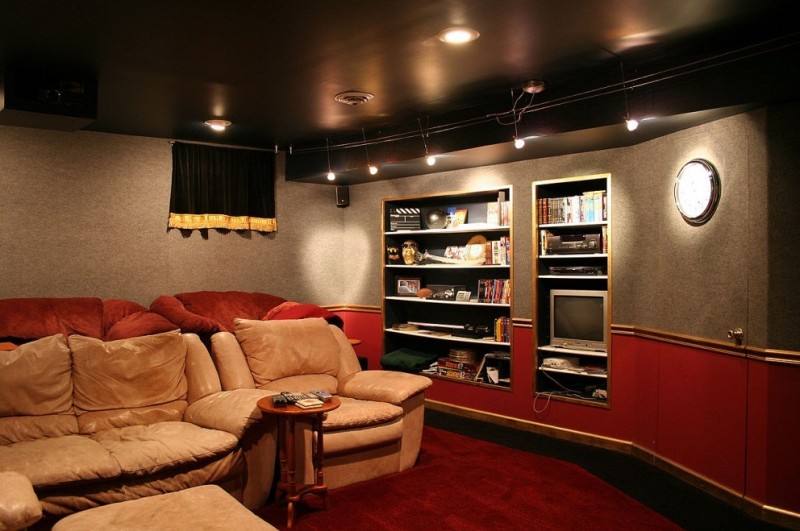
The placement of your entertainment media units may have something to do with the reception of your television. If you don’t believe this, try shutting off your DVD players, Wi-Fi routers, computers, or stereo equipment. Also, turn off the fluorescent lamps. And then, scan through the channels of your TV. If you see any improvement, turn on the devices one at a time and transfer the appliance that serves as the source of the interference.
3. Remove any amplifier.
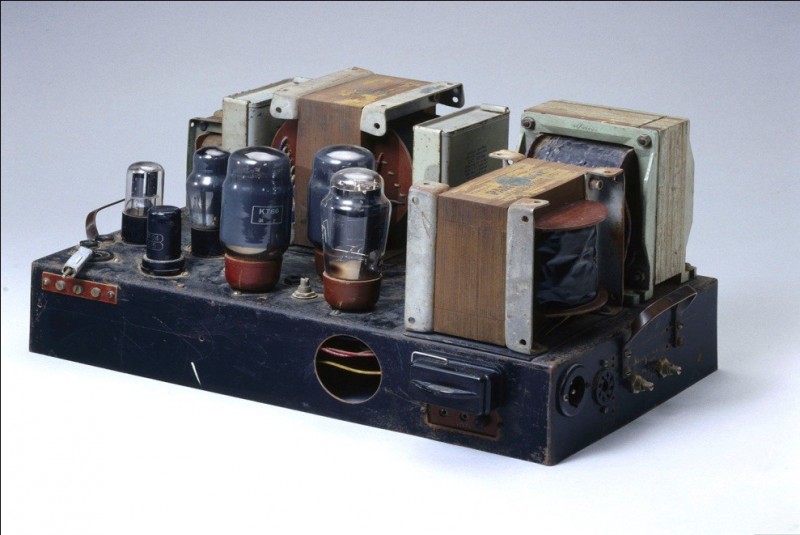
In some instances, the amplifier only worsens the situation, especially if you live in an area close to a television station. Basically, the amplifier will cause the strong signals to defeat the weak ones, making the reception worse. If your antenna has an amplifier, try removing it and see if there are any improvements.
4. Consider the length and the quality cables.
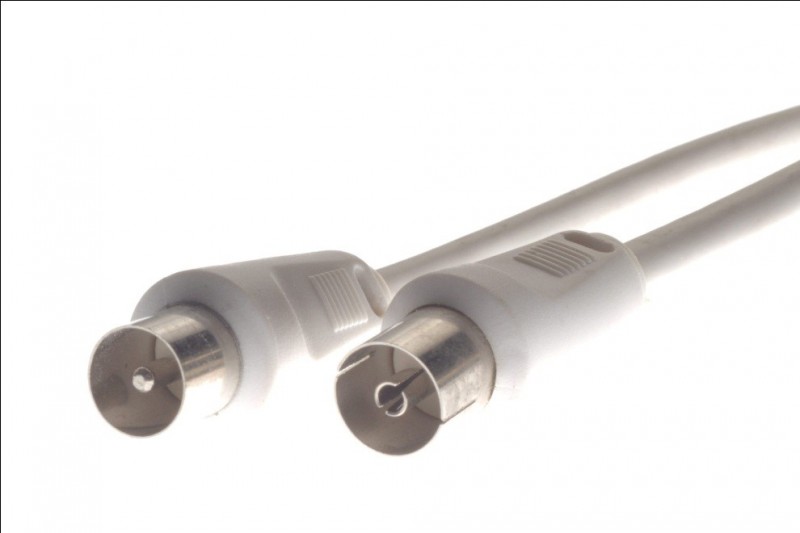
Cable length may affect the signal strength. As much as possible, your cable must have enough length, particularly between the receiver and the antenna. Also, make sure that you use a high-quality cable rather than the cheap standard white cable. Experts suggest you use the RG6 cable because it has thicker conductor, better shielding, and better insulation.
5. Ask the experts.

If you are living in a shared house, there are possibilities that your TV reception is affected by the existing home setup. Hence, it might be worth calling in the experts. They can give you the best possible solutions concerning your television reception problems and suggest the best antenna type for your home.
6. Check the antenna of your neighbors.

It doesn’t hurt to ask. If you share the same problems with your neighbors, you can at least complain together. But, if you find their reception is better than yours, you can check out how their antennas are set up and learn their tricks. You can always start by following the direction of their antenna.
Getting the best reception depends on a variety of factors, some of them can be controlled and others cannot. For instance, when bad weather hits an area, digital signals may vanish entirely. Nevertheless, there is nothing to worry about because all reception problems should be solvable.
Image Sources: [1] [2] [3] [4] [5] [6] [7]
Author: Debbie Davison

Debbie loves movies, computers, and anything that helps improve our lives. At the moment, she helps put content together with an amazing team at Australian Antennas and is currently growing her career with the technology space with a strong personal online presence. You can reach her through Twitter: @DebbieDavison

